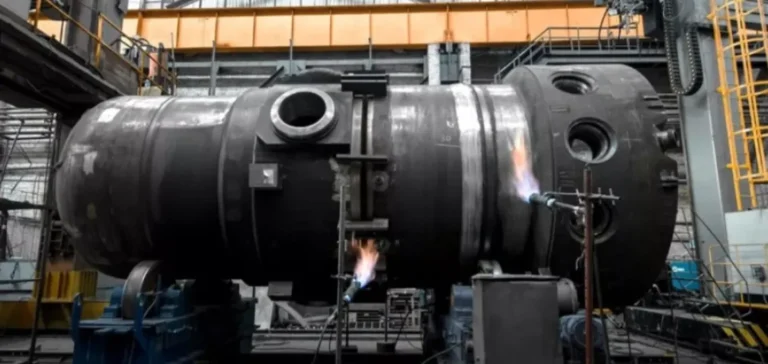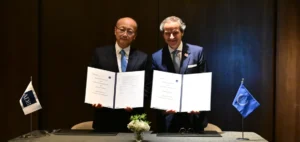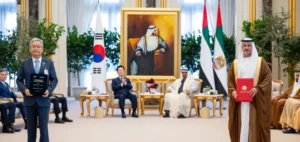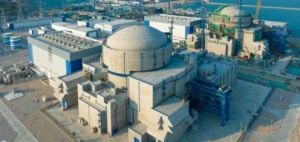The government of Kyrgyzstan has confirmed its intention to proceed with the installation of a Russian-designed small modular reactor (SMR), the RITM-200N, developed by the state-owned company Rosatom. The project aims to diversify an energy mix heavily reliant on hydropower, which is particularly vulnerable to prolonged drought, while responding to rising electricity demand.
Hydropower dependence and the need for stability
With over 85% of its electricity production derived from hydropower, Kyrgyzstan is exposed to annual hydrological fluctuations. The Toktogul reservoir, which alone accounts for approximately 40% of domestic power generation, has reached critically low levels, increasing the risk of winter power outages. This instability has led Bishkek to regularly import electricity and gas from neighbouring countries, including Russia.
The choice of an SMR is based on its suitability for small, flexible grids. The RITM-200N delivers 55 MWe, with a projected lifespan of 60 years. Its modular nature allows for gradual capacity expansion, aligned with the country’s limited financial resources.
Strategic energy partnership with Russia
This initiative forms part of a broader energy cooperation framework with Russia. Gazprom has controlled Kyrgyzstan’s national gas company since 2014 and recently invested more than $400mn to expand gas network coverage beyond 40% of the population. Simultaneously, Moscow supplies refined fuel at preferential terms and supports hydropower and renewable projects.
Rosatom will oversee engineering, construction, fuel supply and waste management, under a memorandum of understanding signed in 2022. The Green Energy Fund of Kyrgyz Republic is involved in a guaranteed purchase agreement, suggesting the likely implementation of a sovereign-backed power purchase agreement (PPA) for SMR electricity.
Western sanctions and financial uncertainties
The geopolitical context complicates the execution of the project. Several entities in the Russian nuclear sector are targeted by US and EU sanctions. Although Rosatom itself has been spared direct sanctions in many cases, restrictions on financial services, insurance, and dual-use components could delay implementation or increase costs.
External financing from Western banks is unlikely. Bishkek will probably rely on Russian, Chinese or domestic funding. Regional institutions such as the European Bank for Reconstruction and Development (EBRD) and the Asian Development Bank (ADB) may support associated infrastructure, but will likely avoid direct involvement in Russian nuclear ventures.
Sectoral impact and regional energy policy
At full capacity, a single RITM-200N module would represent a minor share of Kyrgyzstan’s total installed capacity (around 4 GW), yet its stable winter output could reduce costly imports. The SMR could also enable hydropower to be redirected toward seasonal electricity exports or irrigation.
The project places Kyrgyzstan within the evolving nuclear energy landscape of Central Asia. Following Uzbekistan, it would become the second country in the region to engage in a Russian SMR partnership. This could influence cross-border energy trade, particularly in the Syr Darya basin.






















